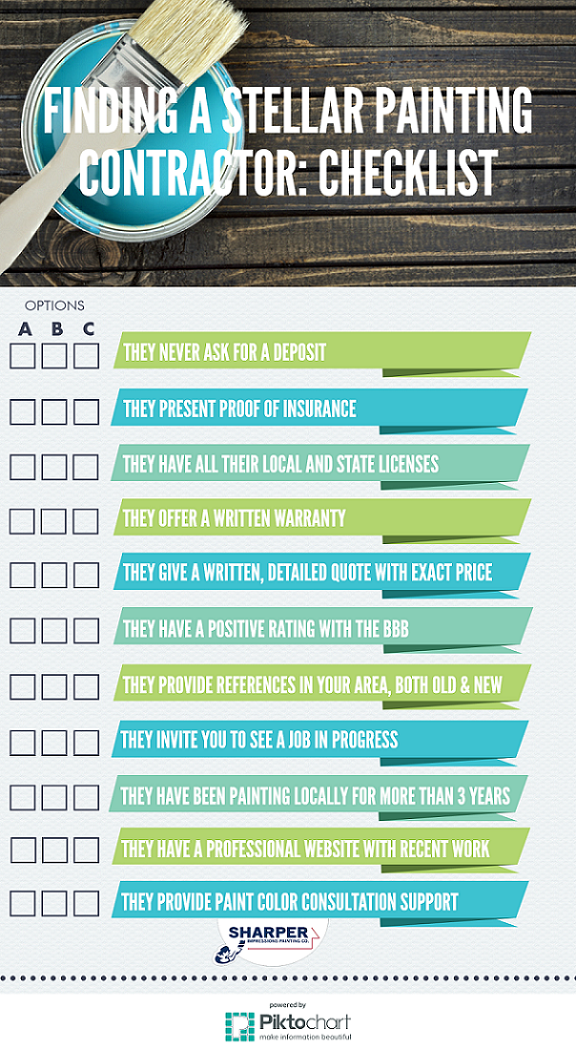Seasonal Factors In Business Exterior Paint: Key Insights You Need To Be Aware Of
Seasonal Factors In Business Exterior Paint: Key Insights You Need To Be Aware Of
Blog Article
Write-Up Created By-Carlson Chaney
When you're preparing a commercial external painting project, seasonal aspects can make or break your outcomes. You'll want to take into consideration exactly how temperature level and moisture effect paint application and drying out times. Selecting the ideal period can ensure your paint adheres properly and lasts much longer. Yet which periods are genuinely the best for this type of work? Let's explore the crucial elements that can affect your project's success.
The Influence of Temperature on Paint Application
When you're intending a business outside paint project, the temperature can substantially influence exactly how well the paint sticks and dries out.
Ideally, you want to paint when temperatures range in between 50 ° F and 85 ° F. If it's as well chilly, the paint might not cure properly, bring about issues like peeling off or fracturing.
On the other side, if it's also warm, the paint can dry too quickly, preventing appropriate adhesion and leading to an irregular finish.
You ought to also consider the moment of day; morning or late afternoon offers cooler temperatures, which can be a lot more beneficial.
Always check the manufacturer's suggestions for the details paint you're making use of, as they often offer assistance on the ideal temperature array for optimum results.
Moisture and Its Result on Drying Times
Temperature level isn't the only ecological variable that affects your industrial exterior painting project; humidity plays a considerable function also. High moisture degrees can reduce drying times significantly, influencing the total quality of your paint task.
When the air is saturated with wetness, the paint takes longer to treat, which can bring about concerns like inadequate bond and a greater threat of mildew growth. If you're painting on a particularly humid day, be planned for extensive delay times between layers.
It's vital to monitor regional weather and plan as necessary. Ideally, go for humidity levels between 40% and 70% for optimal drying.
Maintaining these factors in mind guarantees your task stays on track and delivers a lasting finish.
Best Seasons for Commercial Outside Paint Projects
What's the very best season for your business exterior painting tasks?
https://www.southernliving.com/home/colors/everything-to-consider-when-painting-your-front-door and early loss are commonly your best bets. Throughout these periods, temperature levels are mild, and humidity degrees are often reduced, developing ideal problems for paint application and drying out.
Avoid summertime's intense heat, which can trigger paint to completely dry as well quickly, bring about bad bond and surface. Likewise, winter months's chilly temperatures can impede correct drying out and healing, risking the longevity of your paint task.
Go for over at this website with temperatures in between 50 ° F and 85 ° F for optimal results. Bear in mind to check the regional weather prediction for rain, as damp problems can wreck your task.
Planning around these factors guarantees your painting job runs efficiently and lasts much longer.
Conclusion
Finally, preparing your business external paint tasks around seasonal factors to consider can make a considerable difference in the outcome. By organizing job during the optimal temperatures and moisture degrees, you'll ensure much better attachment and drying times. Bear in mind to keep an eye on regional weather report and choose the right time of year-- spring and early fall are your best choices. Taking these actions will assist you attain a long lasting and specialist coating that lasts.
